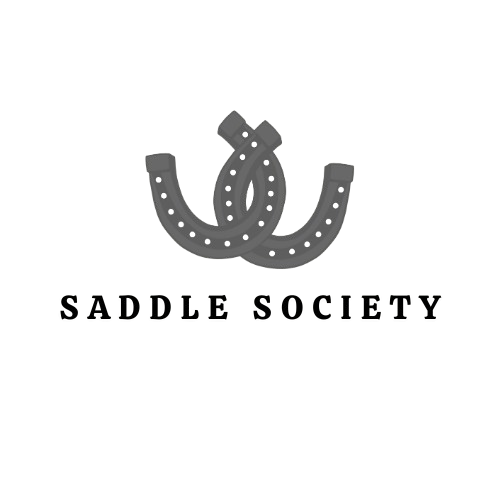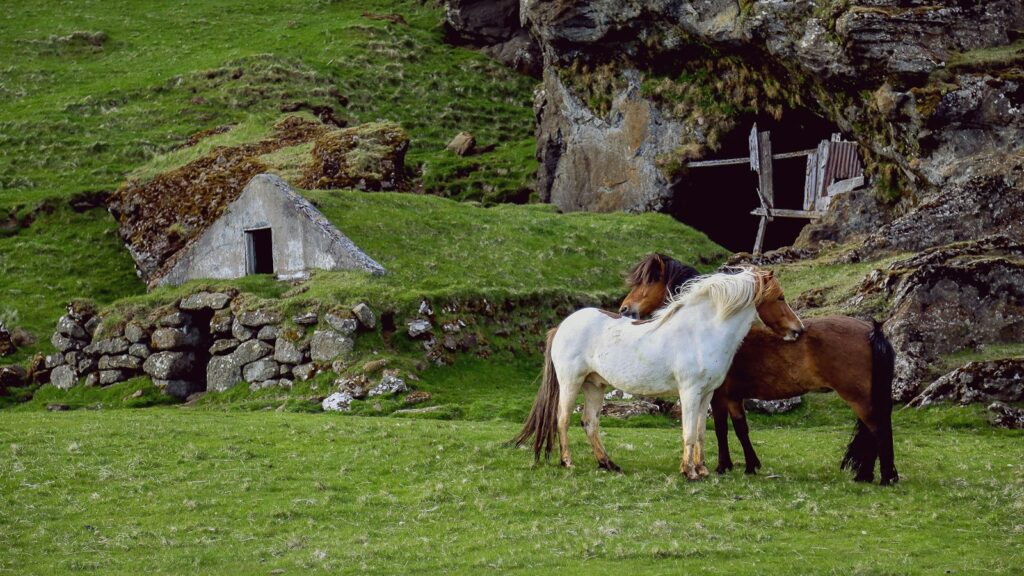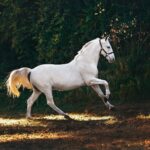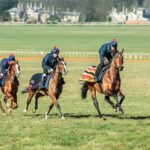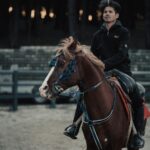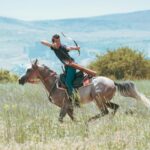Viking stallions represent a remarkable fusion of history, power, and equine excellence that demands attention from horse enthusiasts and breeders alike. These magnificent creatures, with their Norse heritage and distinctive characteristics, stand out in the equine world as symbols of strength and resilience. Far from being merely decorative or historical curiosities, Viking stallions offer practical benefits to modern equestrian pursuits while carrying forward a genetic legacy that spans centuries. This article explores why these remarkable horses deserve recognition and respect, and why ignoring their presence in the equine world would be a significant oversight for anyone interested in horses.
The Historical Significance of Viking Horse Bloodlines
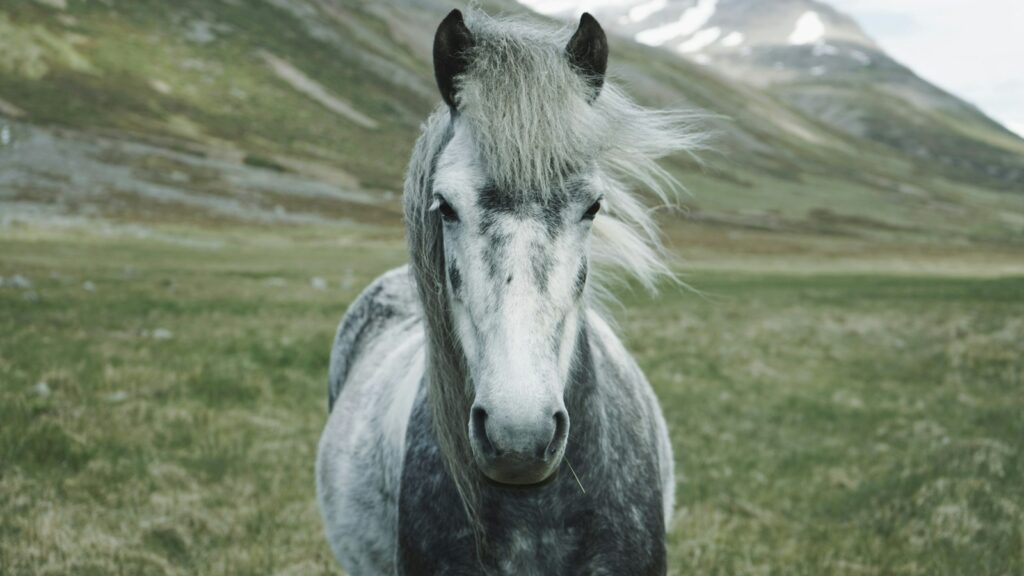
The Viking people relied heavily on horses for transportation, warfare, agriculture, and cultural practices, developing specialized breeding programs that emphasized hardiness and versatility. These ancient Norse breeders selected for traits that would allow horses to survive the harsh Scandinavian climate while maintaining the strength needed for battle and farm work. Archaeological evidence from Viking burial sites frequently includes horse remains, demonstrating the sacred connection between Vikings and their equine companions. The genetic legacy of these carefully bred animals continues in several modern horse breeds, particularly those from Iceland, Norway, and other Nordic countries, creating a living link to this fascinating period of history.
Unique Physical Characteristics That Set Viking Stallions Apart
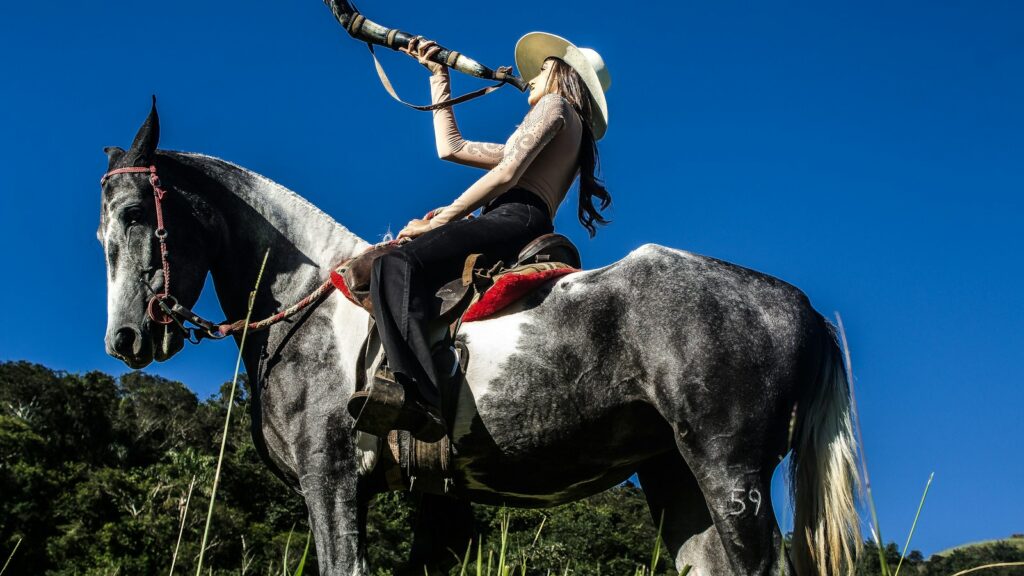
Viking stallions typically display a distinctive physical profile that reflects their historical development for survival in harsh northern conditions. Most notably, these horses possess a compact, muscular build with exceptional strength-to-weight ratios that allow them to carry substantial loads over difficult terrain. Their thick manes and tails, often with double-layered growth patterns, provided natural protection against cold and wet conditions, a trait that remains visually striking in modern descendants. Viking-heritage stallions frequently exhibit five gaits rather than the standard three, including the tölt, a smooth four-beat lateral gait that provides exceptional rider comfort over long distances. Their hooves tend to be exceptionally hard and durable, requiring less frequent shoeing and demonstrating superior performance on rocky or icy ground.
Superior Hardiness and Adaptability to Diverse Environments

Viking stallions and their descendants display remarkable environmental adaptability that makes them suitable for a wide range of climatic conditions. Their natural cold tolerance, developed through centuries of selective breeding in Scandinavia, means they require less intensive care during winter months compared to many other breeds. These horses demonstrate impressive metabolic efficiency, maintaining healthy weight on minimal feed even in challenging conditions, making them economical to maintain. Their robust immune systems, another hallmark of Viking-influenced breeding, result in fewer health issues and veterinary interventions throughout their lives. When introduced to new environments, Viking stallions typically acclimatize quickly, a testament to the adaptability that was essential for their ancestors who traveled on longships to new lands.
Exceptional Genetic Diversity and Disease Resistance
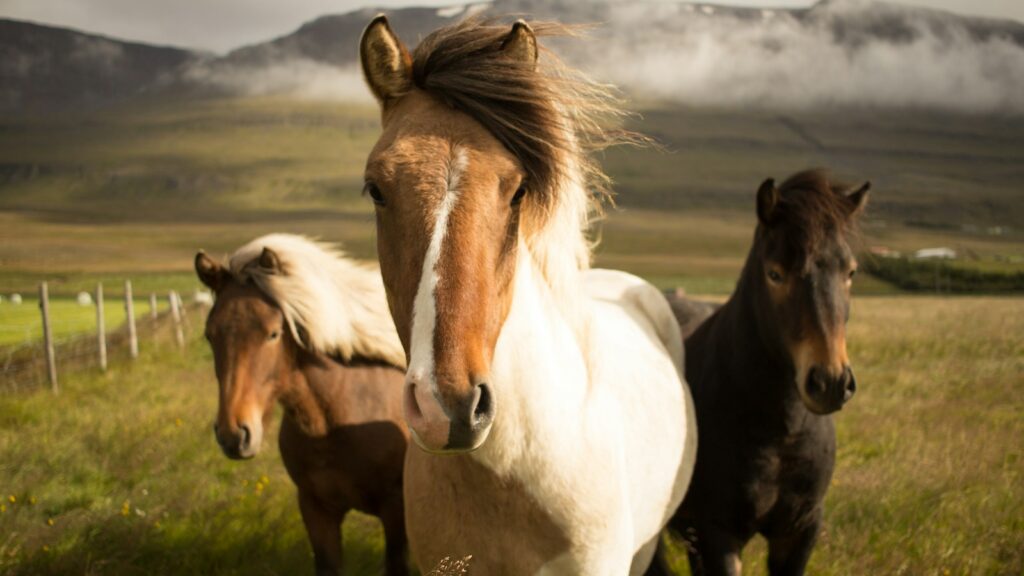
The isolated breeding populations that developed in Viking settlements have resulted in unique genetic profiles that offer valuable diversity to the modern equine gene pool. Studies have identified specific genetic markers in Viking-descendant horses that correlate with enhanced resistance to common equine diseases and parasites. This natural immunity reduces veterinary costs and improves overall welfare throughout the horse’s lifespan. Conservation breeders working with Viking stallions have documented their ability to pass these beneficial traits to offspring when crossed with various mare types, improving hardiness in the resulting foals. The genetic uniqueness of these horses represents an irreplaceable resource for breeders seeking to strengthen modern horse populations against emerging disease threats.
Longevity and Sound Conformation Benefits
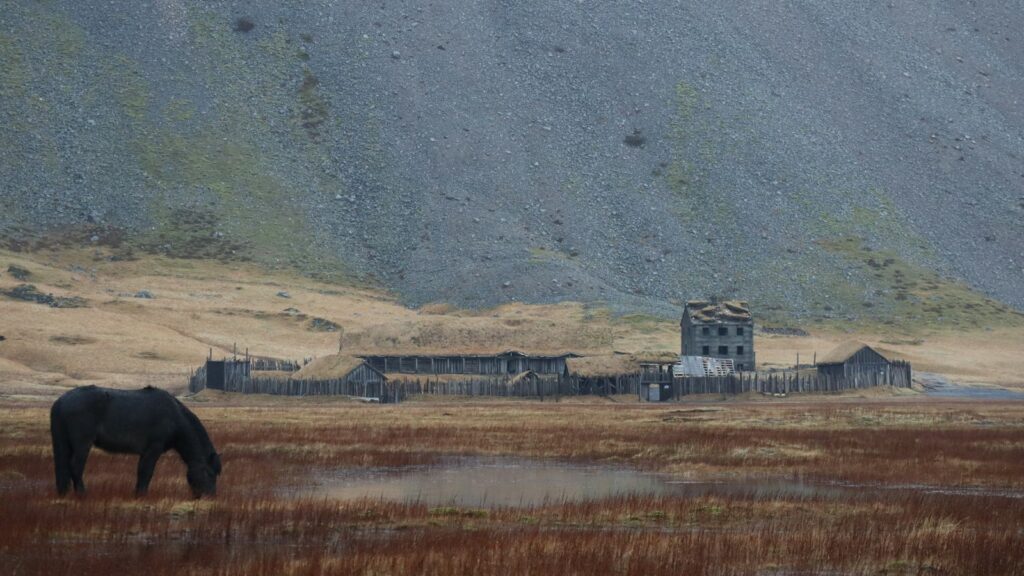
Horses with Viking bloodlines frequently demonstrate exceptional longevity, with many remaining active and productive well into their twenties or even thirties. This extended useful lifespan is largely attributed to their naturally sound conformation, particularly in areas prone to stress such as joints, hooves, and backs. Viking-influenced breeding historically emphasized structural correctness over mere appearance, creating horses that maintain soundness under work conditions that would cause breakdown in other breeds. The economic advantage of this longevity is significant, as these horses provide more years of service per animal and require fewer replacements over time. Their naturally balanced movement contributes to this durability by reducing uneven wear on joints and connective tissues throughout their working lives.
Unparalleled Work Ethic and Trainability
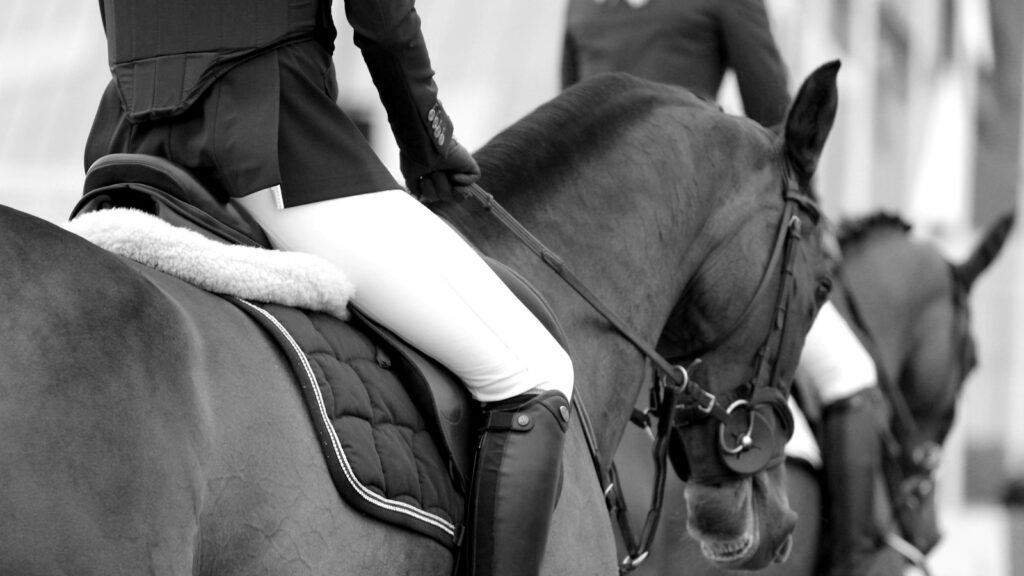
Viking stallions typically display an exceptional work ethic characterized by willingness and endurance that exceeds many more common breeds. Their intelligence is notably practical, with an ability to learn tasks quickly and retain training even after extended periods without reinforcement. Trainers consistently report that these horses display an unusual ability to remain focused during challenging conditions, maintaining their composure where other horses might become reactive or fearful. Despite their strong will and intelligence, Viking stallions typically form deep bonds with their handlers, creating partnerships based on mutual respect rather than dominance. This combination of traits makes them exceptionally versatile for a wide range of equestrian pursuits from farm work to competition.
Unique Gaits for Enhanced Riding Experience
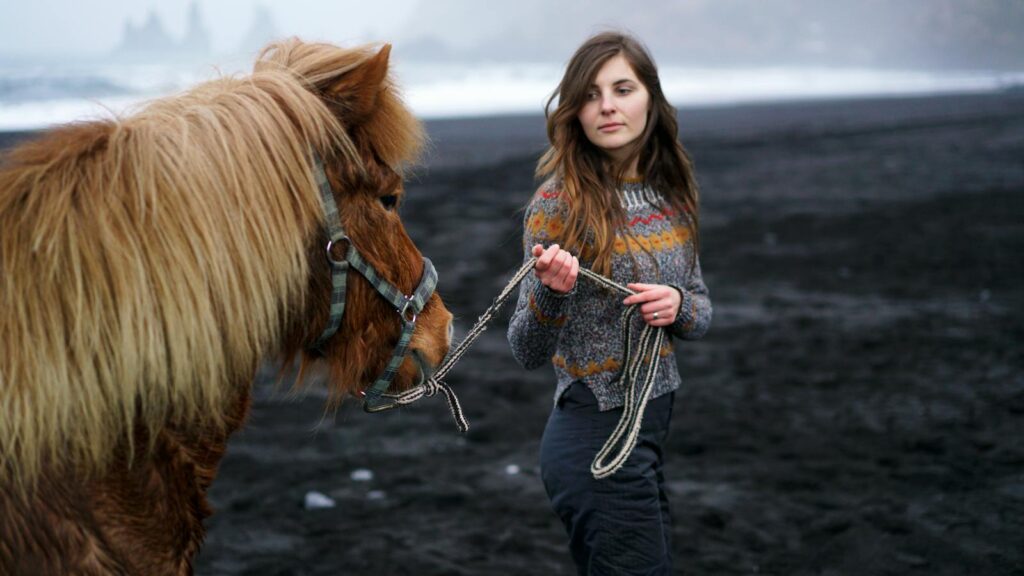
The specialized gaits found in many Viking-derived breeds offer riders exceptional comfort and efficiency that standard three-gaited horses cannot match. The tölt, a four-beat lateral gait with minimal vertical movement, allows riders to cover substantial distances without the physical fatigue associated with trotting or posting. Some Viking stallion bloodlines also preserve the flying pace, an extremely fast two-beat lateral gait that historically gave Viking riders tactical advantages in battle and competition. Modern riding instructors have documented that these smooth gaits significantly extend riding careers for individuals with back problems or other physical limitations. Competition circuits specifically for five-gaited horses have developed worldwide, offering owners of Viking stallions and their offspring specialized venues to showcase these unique movement capabilities.
Cultural and Historical Preservation Value
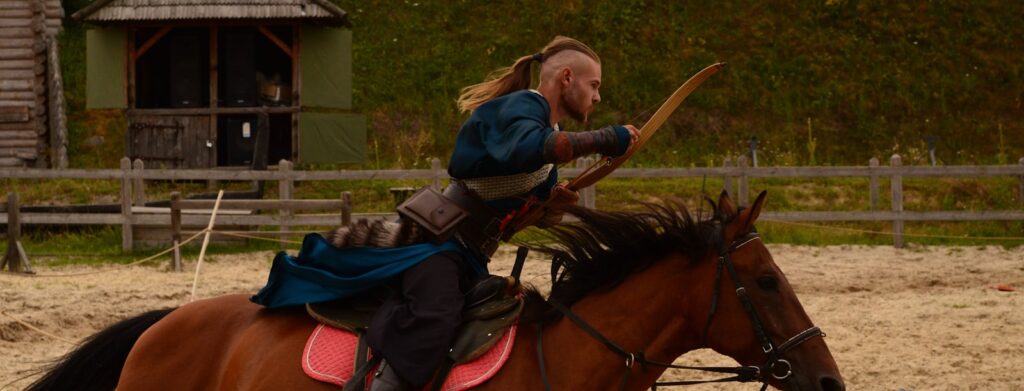
Maintaining Viking stallion bloodlines represents an important form of living cultural heritage that connects modern enthusiasts with centuries of Norse history and tradition. These horses embody traditional values of utility, hardiness, and partnership that defined the Viking relationship with horses. In countries with strong Norse heritage, Viking horse breeds often play central roles in cultural festivals and historical reenactments, educating new generations about their ancestors’ way of life. Organizations dedicated to preserving these bloodlines maintain detailed records that trace lineages back through centuries, sometimes to named horses from historical sagas. This preservation work ensures that future generations can experience authentic connections to equestrian traditions that shaped Western civilization.
Economic Advantages for Modern Horse Owners
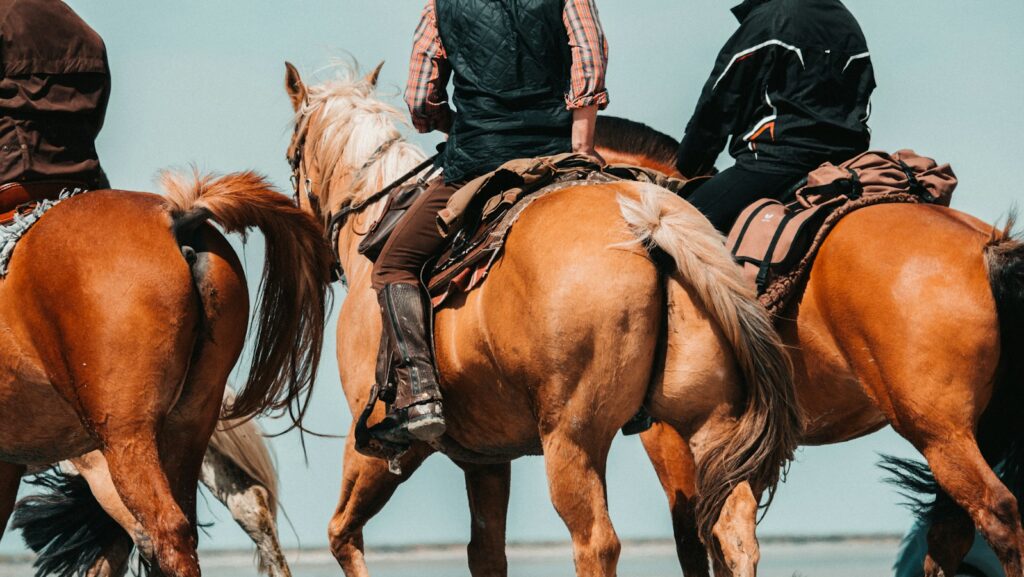
The practical characteristics of Viking stallions translate to tangible economic benefits for their owners in today’s challenging equestrian market. Their remarkable feed efficiency means significantly lower maintenance costs compared to larger, more metabolically demanding breeds. The natural hardiness of these horses typically results in reduced veterinary expenses and fewer emergency interventions throughout their lives. Their ability to thrive with minimal shelter requirements reduces infrastructure investments for owners, particularly in rural or developing areas. The growing market interest in heritage breeds has created premium pricing opportunities for breeders working with authentic Viking stallion bloodlines, especially as awareness of their practical advantages spreads through the equestrian community.
Crossbreeding Benefits for Performance Improvement
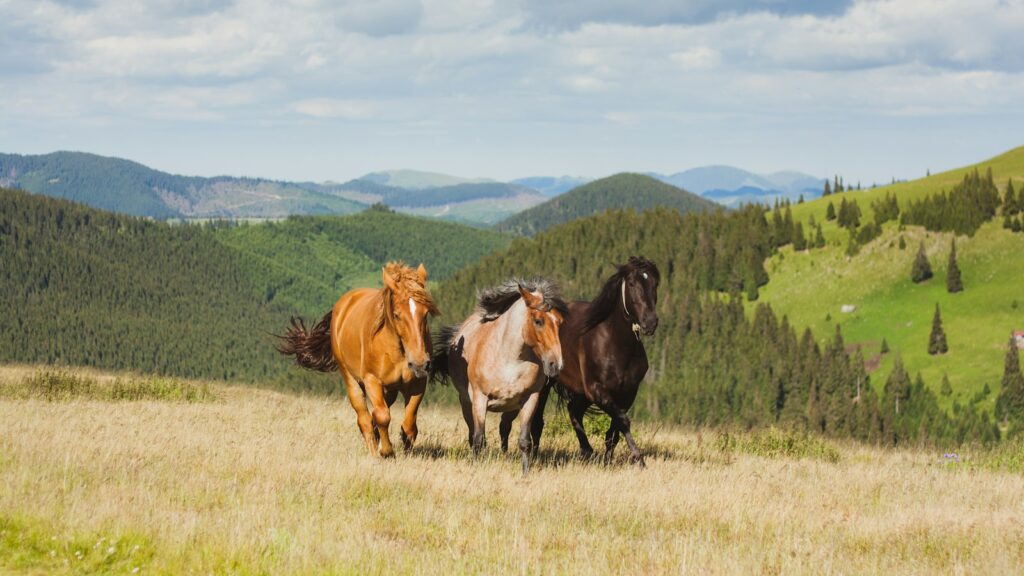
Viking stallions have demonstrated remarkable ability to stamp their most desirable traits onto offspring when crossed with various mare types, creating versatile horses suited to multiple disciplines. Performance horse breeders have documented improved endurance, soundness, and trainability when incorporating Viking stallion genetics into sport horse breeding programs. The compact muscle structure and efficient metabolism typical of Viking stallions can help balance the excessive size and fragility that has developed in some modern performance breeding. Crossbred offspring typically inherit the exceptional hoof quality of their Viking sires, reducing lameness issues that plague many contemporary sport horse disciplines. The genetic distance between Viking-derived breeds and mainstream sport horses creates beneficial hybrid vigor in the first-generation crosses, enhancing overall health and performance potential.
Conservation Concerns and Diminishing Bloodlines
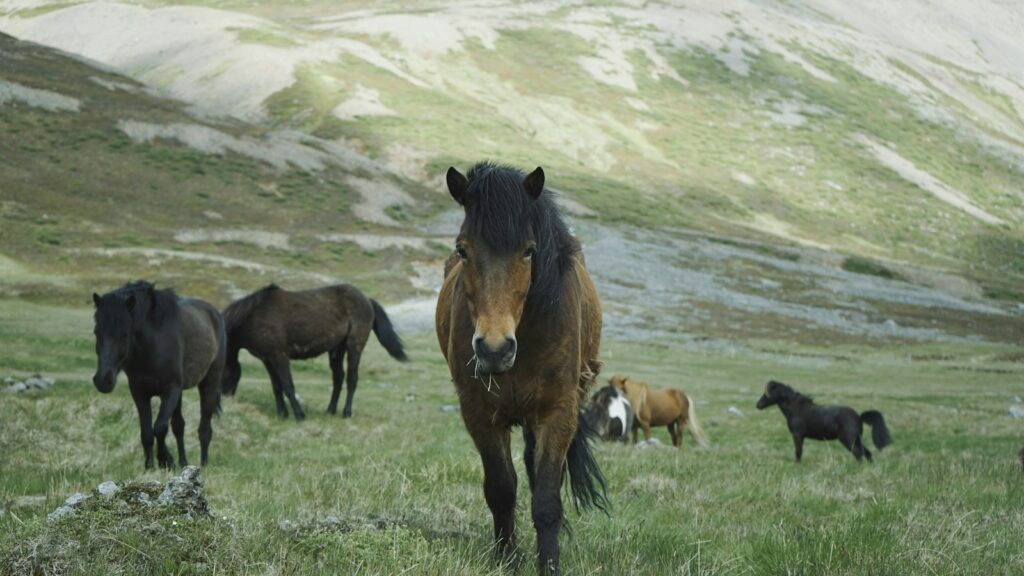
Pure Viking horse lineages face significant conservation challenges in the modern world, with some historic varieties already lost to crossbreeding or neglect. The genetic diversity represented in remaining authentic bloodlines constitutes an irreplaceable resource that, once lost, cannot be reconstructed. Climate change poses particular threats to traditional breeding regions, potentially eliminating the environmental conditions that shaped these horses’ unique adaptations. Commercial pressures toward standardization and sport specialization have reduced interest in all-purpose horses, threatening the economic viability of preserving these bloodlines. Conservation efforts require coordinated international cooperation to maintain sufficient genetic diversity while preserving the authentic characteristics that define Viking horse heritage.
How to Identify Authentic Viking Stallion Influence
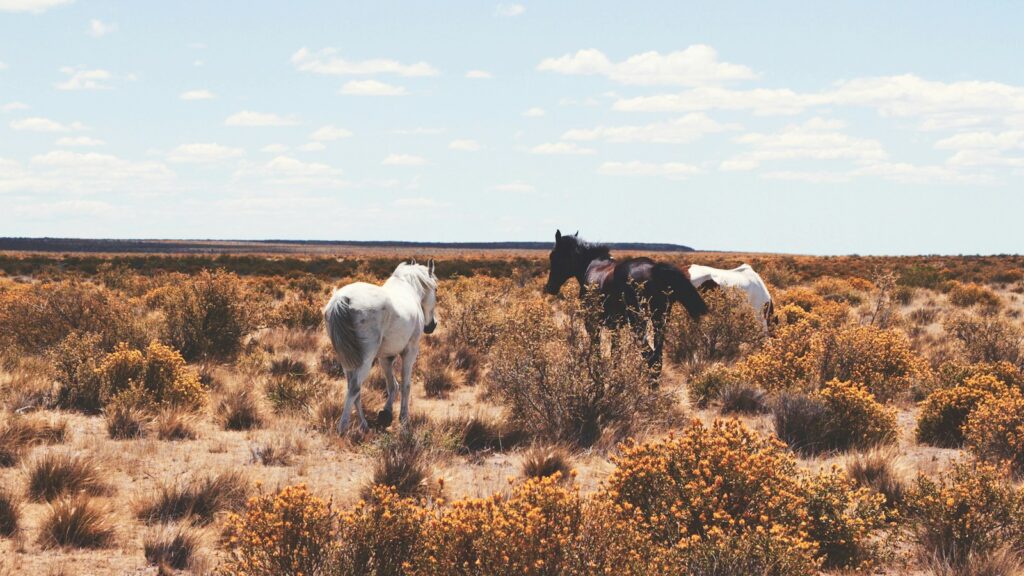
Recognizing genuine Viking horse influence requires familiarity with specific physical and behavioral markers that differentiate these animals from similar-looking breeds. Pure and high-percentage Viking descendants typically display distinctive head profiles with broad foreheads, expressive eyes, and proportionally short muzzles that reflect their cold-weather adaptation. DNA testing has become an increasingly important verification tool, with several laboratories now offering specialized panels to identify Nordic horse markers with high accuracy. Behavioral indicators include exceptional terrain adaptability, natural tendency toward collection without extensive training, and distinctive temperature tolerance patterns. Prospective buyers should consult breed registries and specialized preservation organizations that maintain detailed lineage records to verify claims of Viking horse heritage.
Conclusion
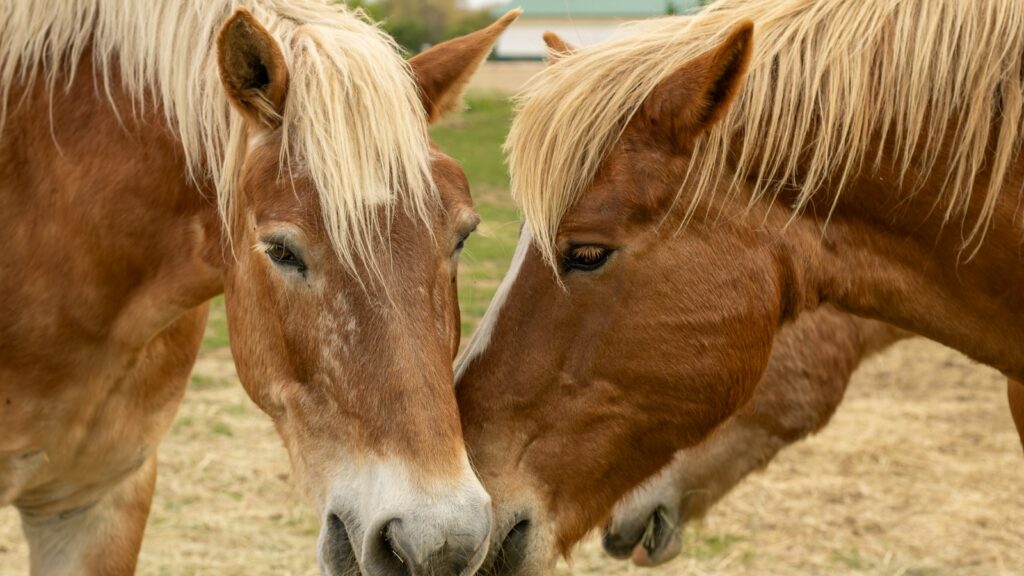
Viking stallions represent far more than just historical curiosities in the equine world—they embody a living legacy of practical excellence developed through centuries of purposeful breeding. Their unique combination of hardiness, intelligence, soundness, and specialized gaits offers tangible benefits to modern horse owners while preserving irreplaceable genetic resources. By understanding and appreciating these remarkable animals, today’s equestrians can connect with an ancient tradition of horsemanship while enjoying superior equine partners suited to contemporary needs. In a world increasingly dominated by specialized sport breeding, the versatile Viking stallion reminds us of the enduring value of all-purpose horses bred for partnership, durability, and adaptability. Ignoring these exceptional animals would not only diminish our connection to equestrian heritage but also overlook practical advantages that remain as relevant today as they were in the age of longships and Norse exploration.
